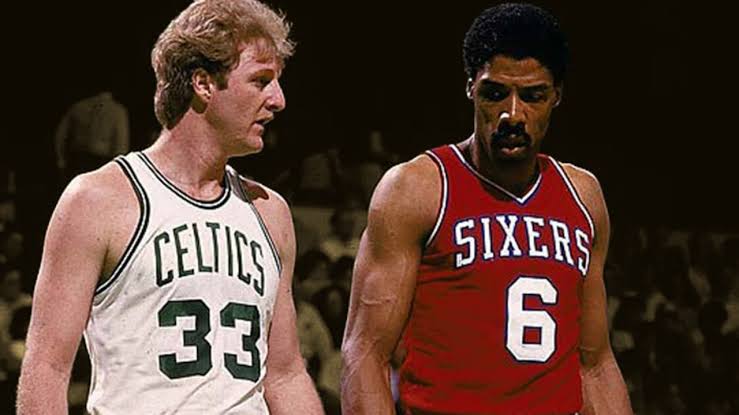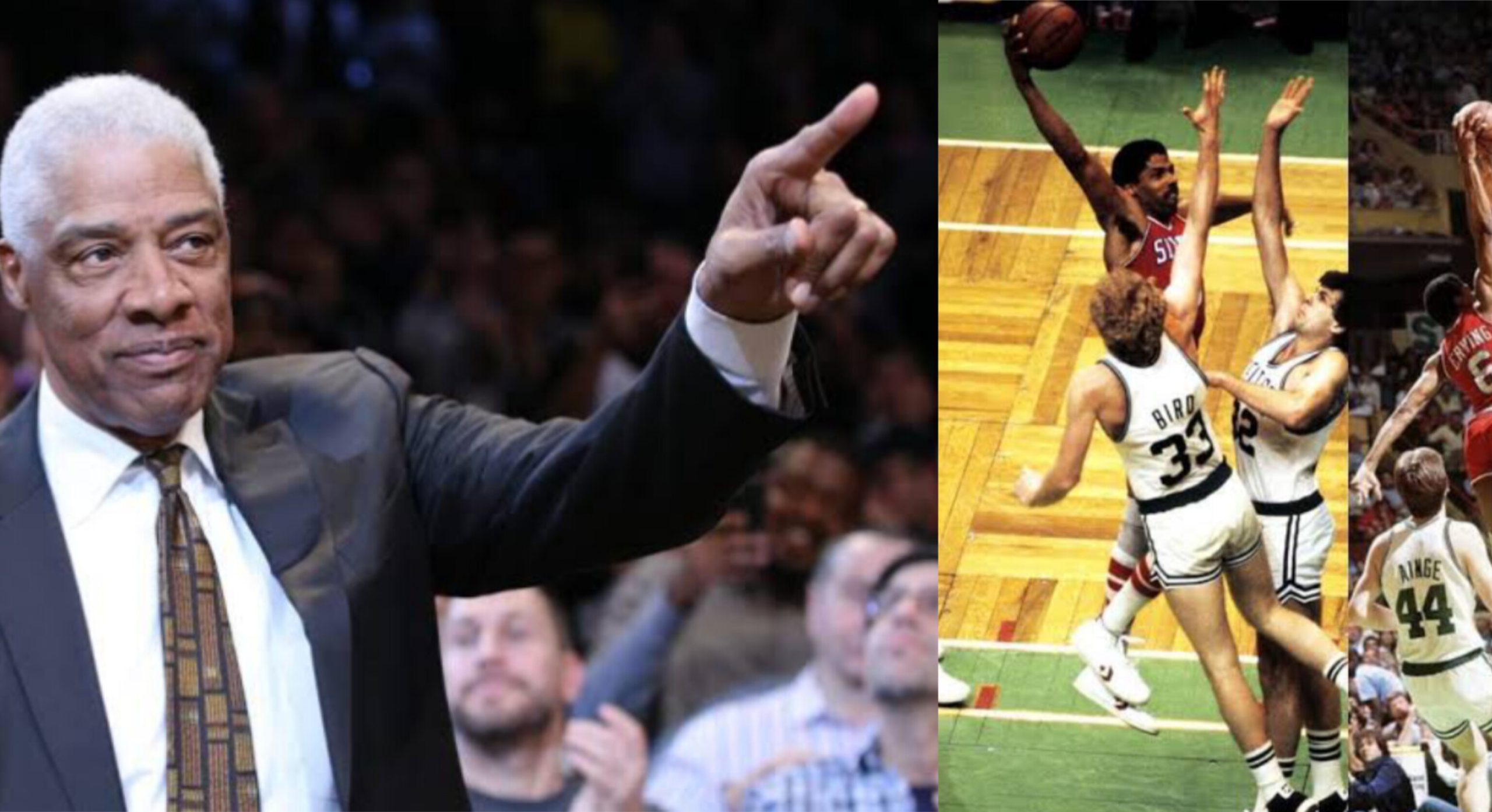Julius Erving Drops a Fact About the Larry Bird Fight Proving It…

In a recent interview, Julius Erving, also known as Dr. J, shared a revealing fact about his infamous fight with Larry Bird that has reignited discussions about one of the most iconic altercations in NBA history. This new detail offers a fresh perspective on the clash between the two basketball legends, providing deeper insights into the intensity and dynamics of their rivalry.
The fight in question occurred on November 9, 1984, during a heated game between the Boston Celtics and the Philadelphia 76ers. Both players were ejected after a physical altercation that saw punches thrown and tempers flaring. The incident has since become a memorable moment in NBA lore, symbolizing the fierce competition and animosity between the Celtics and the 76ers during the 1980s.
In his recent remarks, Erving revealed that the fight was not just a spontaneous eruption of anger but was influenced by underlying tensions and competitive fire that had been building up over time. He explained that both he and Bird were intensely competitive players who were committed to leading their teams to victory at any cost. This competitive spirit often led to physical and emotional confrontations on the court.
Erving specifically noted that Bird’s relentless trash-talking and psychological tactics played a significant role in escalating the situation. According to Erving, Bird had a knack for getting under his opponents’ skin with his sharp wit and verbal jabs. While trash-talking is a common part of the game, Bird’s approach was particularly effective in rattling even the most composed players, including Erving.
Dr. J admitted that the constant back-and-forth with Bird contributed to a boiling point that eventually led to the infamous fight. He emphasized that while both players respected each other’s skills and contributions to the game, the intensity of their rivalry often made it difficult to keep emotions in check. This revelation sheds light on the psychological aspects of their competition, highlighting how mental gamesmanship can significantly impact on-court interactions.

Moreover, Erving’s account challenges the perception that the fight was merely a result of a single game’s physicality. Instead, it was the culmination of years of fierce battles and personal pride. This perspective underscores the importance of understanding the broader context behind such incidents, recognizing that they are often rooted in deep-seated rivalries and competitive pressures.
Fans and analysts have reacted with a mix of nostalgia and intrigue to Erving’s comments. Many appreciate the candidness with which Dr. J shared his side of the story, providing a more nuanced understanding of the iconic moment. It also serves as a reminder of the intense rivalries that characterized the NBA during the 1980s, a period often regarded as one of the league’s golden eras.
The revelation has also sparked conversations about the role of trash-talking and psychological tactics in sports. While some view these elements as integral parts of competition, others argue that they can sometimes cross the line and lead to unnecessary altercations. Erving’s insights add depth to this debate, illustrating how even the greatest players can be affected by mental gamesmanship.
In conclusion, Julius Erving’s recent revelation about the fight with Larry Bird provides a deeper understanding of one of the most memorable moments in NBA history. By highlighting the psychological and competitive factors that contributed to the altercation, Dr. J offers a fresh perspective on the intense rivalry between two of basketball’s greatest players. This new detail enriches the narrative of their legendary battles and underscores the complex interplay between mental and physical aspects of the sport. As fans and analysts reflect on this iconic moment, Erving’s comments remind us of the passion and intensity that define the highest levels of athletic competition.




